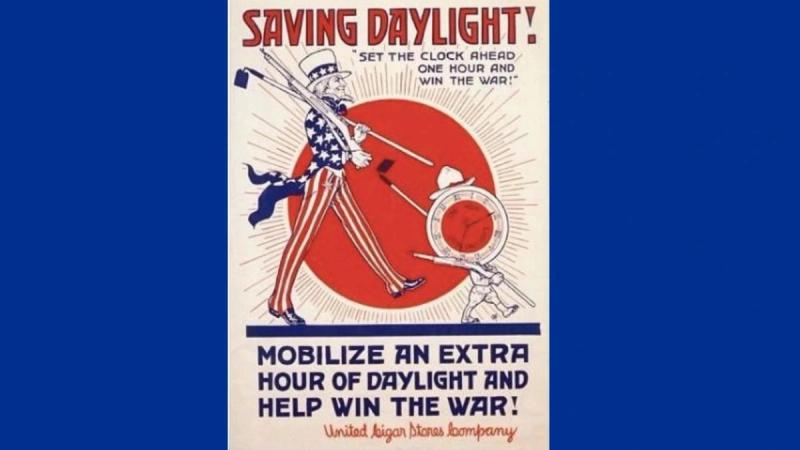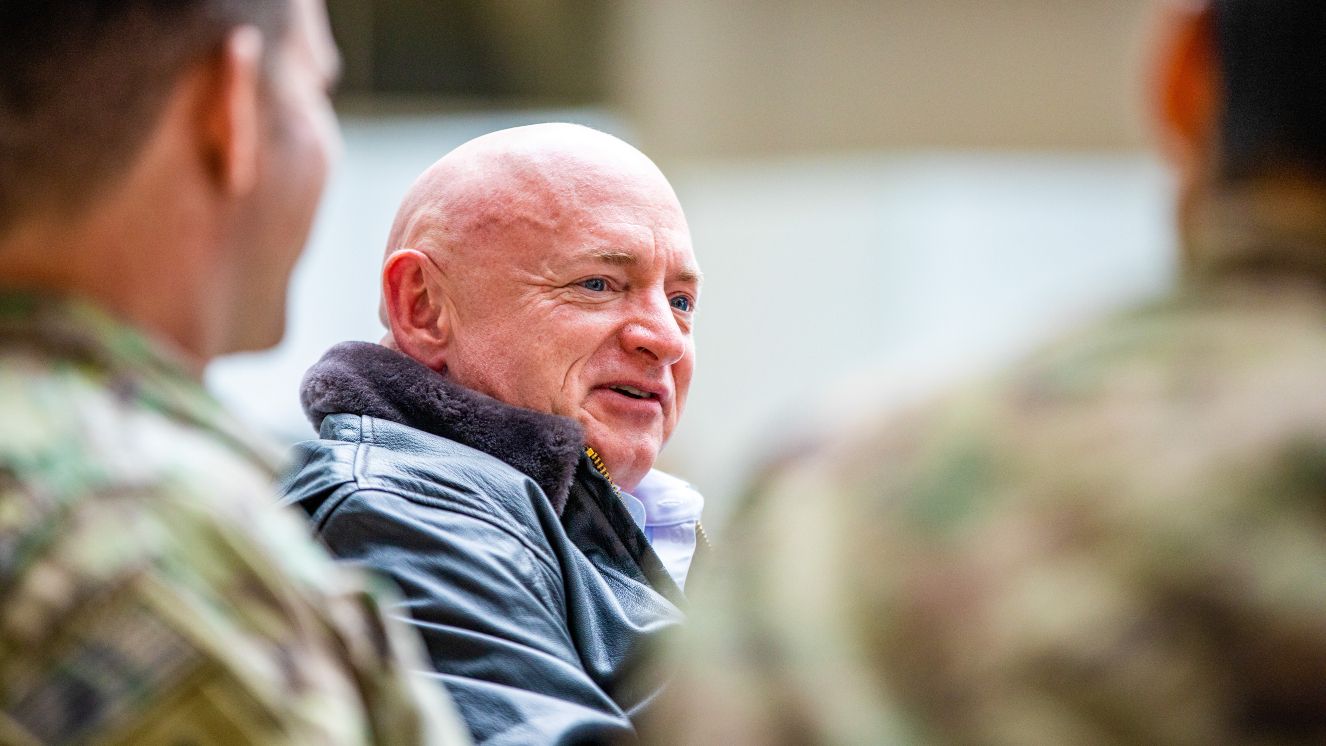WWI MILITARY ORIGINS OF DAYLIGHT SAVING TIME EXPLAINED

Twice a year, most Americans have to deal with time changes. Daylight Saving Time (DST) goes by many names and helps provide us with a “longer amount” of sunlight by moving clocks an hour. In the spring, we move time an hour forward and in the fall, we move it back an hour; however, it’s a practice not everyone is on board with. This includes Donald Trump who is set to become the 47th President of the United States and is looking to implement change. Although the practice of adjusting time according to the seasons is ancient, recent applications have notable ties to both World Wars and may not be needed in modern times.

WWI Origins of Daylight Saving Time Explained
The basic reasons for having Daylight Saving Time include keeping people active for more hours when the sun is out and an attempt to save on energy.
With that being said, this approach is questionable, specifically, in saving on energy, when you consider the amount of energy it takes to cool homes in a warming climate.
However, while DST is a modern instrument that helps humans adjust to the changing season, similar practices have been in place for quite some time.
An Ancient Concept
Maximizing daylight is the thought behind DST; however, ancient Rome would modify their water clocks for similar reasons.
While the clock wasn’t moved forward in Rome, the way time was divided changed during these times.
Not Everyone Participates in DST
Although daylight savings time is a widely accepted practice and despite the act of adjusting time having a long history with humans, not everyone observes the practice.
For starters, regions near the Equator don’t utilize DST since there aren’t really notable differences with the seasons in terms of when the sun rises or sets.
Furthermore, residents in higher latitudes would also see very little effect, so, DST isn’t needed.
In fact, only around 33% of the world uses daylight savings time, and even in nations that adopt the practices, such as Canada and the U.S., you’ll note there are regions that abstain from the practices.
Specifically, Arizona and Hawaii don’t use DST, yet within the Grand Canyon State, there is even more division as the Navajo Nation does operate under daylight savings.

World War II Impact on Daylight Saving Time Policies
The use of daylight savings in the U.S. wasn’t the first on our content in modern times but was actually put in place by Port Arthur, Ontario, Canada (now Thunder Bay) in 1908. However, it wasn’t until 1916 that the Great White North would implement a national adoption.
While exceptions would remain, Canada brought DST to the forefront of North Americans, yet the German and Austro-Hungarian Empires, also in 1916, both beat the Canadians to adopt the practice on a national basis.
The reason the German and Austro-Hungarian Empires decided to use daylight savings time was because of World War I to help ration coal during the Great War.
During World War II, many countries implemented the practice again to also to conserve energy during the conflict.
The Standard Time Act of 1918 and the Uniform Time Act
Understanding daylight savings time comes down to a few core events and pieces of legislation in the U.S. surrounding both World Wars:
- War Time became official with the passing of the Standard Time Act of 1918. This was a seven-month period during WWI cutting energy usage. This act allowed for additional daylight hours to be added into the day, which saved energy costs during World War I.
- Once again, War Time came back during WWII and this time, after peace was in place, it was more of a local decision whether or not to continue the practice. When the war ended, the law was again repealed so that individual states could create their own standard time.
- However, the Uniform Time Act in 1966 made it a federal decision and national adoption across the United States.
The 1970s Energy Crisis
During the ‘70s, an energy crisis led to economic stagnation and inflation, causing countries to respond by adopting energy-saving technologies and seeking alternative fuels.
Petroleum-rich regions like the Middle East, Texas, and Alaska experienced economic booms, but overall, most industrial nations faced hardship.
The U.S. extended Daylight Saving Time to conserve energy and ended up reducing electricity use by about 1% in the evening. This is part of the reason the crisis felt relief and markets returned to normal.
There was even a permanent Daylight Saving Time in 1974; however, it was done in the winter, forcing children to head off to school while it was still dark.
The working class also found themselves commuting to work and beginning their day without the sun. As a result, this measure was repealed the following year.
Farmers Don’t Like DST
Contrary to popular belief, Daylight Savings Time isn’t to help farmers and many of them don’t even like the practice.
Many farmers have fought back against the use of DST and continue to as the changes hinder many operations that take place on farms.

Trump Administration and GOP: Daylight Saving Time Reforms
Despite the decades of use, critics have always been there surrounding Daylight Savings Time and President-elect Donald Trump believes that he and the GOP can get rid of the practice for Americans.
"The Republican Party will use its best efforts to eliminate Daylight Saving Time, which has a small but strong constituency, but shouldn’t! Daylight Saving Time is inconvenient, and very costly to our Nation," wrote Trump on TruthSocial.
Furthermore, Elon Musk and Vivek Ramaswamy, two men picked to lead the new Department of Government Efficiency (DOGE), seem to also be on board with cutting the practice of going back and forth.
Many other Republicans support the idea, as they have before, specifically in 2022, when DST was almost altered.
The Sunshine Protection Act of 2021 was going to eliminate DST and while the Senate was fine with it, the House of Representatives was not.
A year later, Congress reintroduced the bill; however, it didn’t make it back to the floor for voting and experts believe that it will not be passed by January 2025.
The World Wars are over and the case for ending DST is clear. If Donald Trump can change Daylight Savings Time for the United States, perhaps we can all have better sleep schedules each spring and fall.
Suggested reads:



